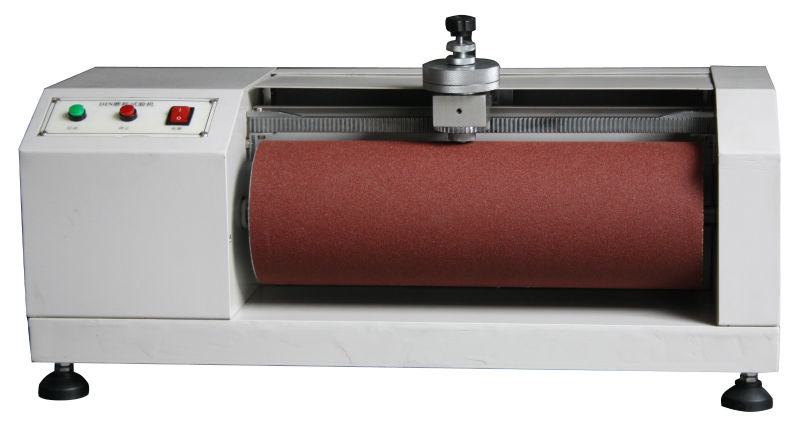
NewsInformation Center
How to properly maintain and maintain the Rubbing Color Fastness Tester?
2023/07/28
In order to properly maintain and care for the Rubbing Color Fastness Tester, here are some suggested steps:

1. Clean external surfaces: Use a soft cloth or sponge moistened with warm water and a neutral detergent to gently wipe the external surfaces of the instrument to ensure removal of dust, dirt and stains. Avoid using cleaning agents that are too wet or caustic to prevent damage to the instrument.
2. Inspect Wear Components: Periodically inspect wear components (e.g., abrasive paper, specimen holders, etc.) for wear or damage. If any problems are found, replace or repair these components promptly to ensure the accuracy and reliability of the test.

3. Calibration Checks: Perform periodic calibration checks to ensure the accuracy of the Rubbing Color Fastness Tester. Depending on the requirements of the instrument, periodic calibration of the force transducer or other relevant parameters may be required.
4. Maintain a dry environment: Ensure that the instrument is stored in a dry, ventilated and dust-free environment. Avoid prolonged exposure to high temperatures, high humidity or bright light, which may adversely affect the performance of the instrument.
5. Regular Maintenance: Perform regular maintenance work according to the instructions in the instruction manual. This may include cleaning and lubricating moving parts, checking the tightness of connecting rods and screws, etc.
6. Instrument Maintenance: Follow the maintenance guidelines provided by the manufacturer. Depending on the frequency and requirements of use, periodic replacement of consumables and wear parts may be required.
7. Proper use and operation: Follow proper operating procedures and do not exceed the rated operating range of the instrument. Avoid rough use or application of abnormal force to prevent damage to the instrument.
8. Periodic Inspection and Warranty: Conduct regular and thorough instrument inspections and ensure that necessary repairs or warranties are made in a timely manner. If any problems or malfunctions are found, promptly contact the manufacturer or supplier for support and solutions.
The above recommendations are for reference only, please refer to the instrument's operating manual and manufacturer's recommendations before proceeding with specific operations. Depending on the specific Rubbing Color Fastness Tester model you are using and the requirements, there may be some specific maintenance and servicing requirements.
Previous: Debunking 6 Myths About Colorfastness to Friction Testing
N e x t : 5 main advantages of crocking color fastness testing



